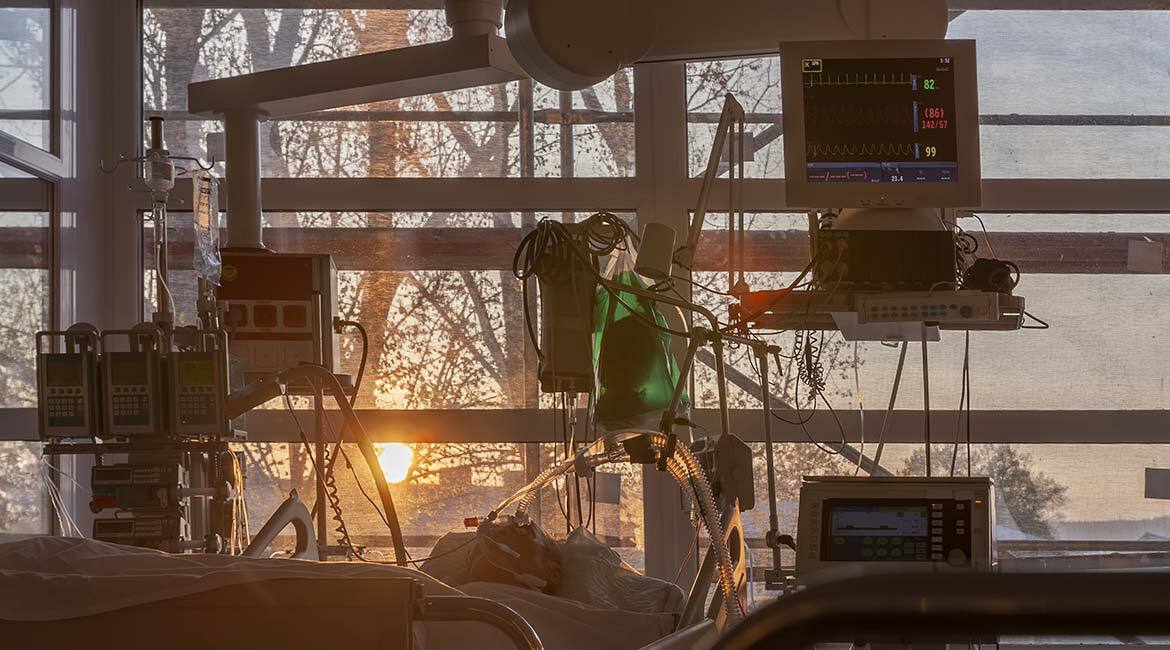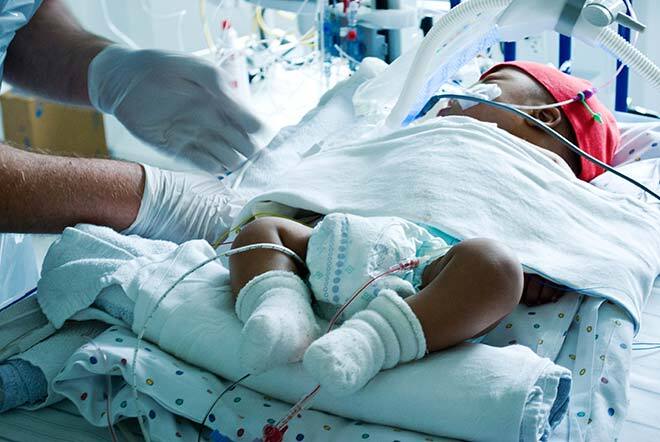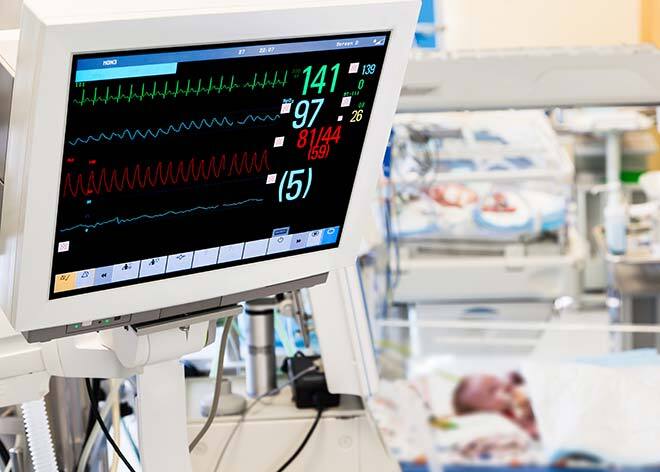A Pathway to Personalized Medicine in Intensive Care Units

Purchased on Istockphoto.com. Copyright.
The past year has highlighted the limited level of resources in our healthcare system. Although health and social services may get the lion’s share of the provincial budget year after year, the allocated resources never seem to be enough to serve our aging population. This lack of resources is particularly acute in intensive care, where continuous patient monitoring requires a high staff-to-patient ratio. At the same time, both the volume and the diversity of clinical information have escalated in recent years, placing an ever-increasing demand for medical knowledge on the healthcare team.
As part of the Research Chair on the Development and Validation of Clinical Decision Support Systems Using Artificial Intelligence, ÉTS researchers will take advantage of rapid advances in clinical data collection systems and artificial intelligence to improve patients’ health. Their goal is to use the extensive clinical data to develop a Clinical Decision Support System (CDSS).
Clinical Decision Support System
A computerized clinical decision support system (CDSS) is a set of interfaces that summarizes information in order to guide health professionals or managers in making decisions. This system is fed medical data processed through artificial intelligence algorithms.
Many challenges lie ahead in building the decision engine and designing the system’s interactions with humans. The CDSS will also have to deal with a multitude of data from different systems and in different forms. To achieve this, an interdisciplinary team of researchers led by Professors Rita Noumeir (ÉTS) and Philippe Jouvet (UdeM) created a clinical and research data cyberinfrastructure, unique both in Canada and around the world. Some of the data include:
- Clinical data: demographics, clinical assessments, diagnoses, physical exam notes, lab results, medical images, specialized test results;
- Therapeutic data: drug doses and administration, ventilator data, organ failure machine data;
- Organizational data: number, severity of disease, patient distribution, nurse distribution and workload.
- Future data: RGB, depth, and infrared image acquisitions.
These data are massive, varied and fully cover a patient’s progress over time. The long-term objective is to use the data to help caregivers with their decision-making.
Work of the Chair in the Years to Come
Over the next three years, researchers will work on specific aspects of the CDSS, including:

Early Detection of Vital Distress
In hospitalized children, 28% of acute respiratory failure events go unrecognized, which can lead to death. This project aims at quantifying respiratory distress by assessing respiratory, neurological and hemodynamic function alterations in real time. The methods used are based on video analysis, machine learning and multimodal analysis.
Reduced Readmission Rates to Pediatric Intensive Care
The readmission rate within 48 hrs after discharge from the ICU ranges from 1.7% to 3.4%. These unplanned readmissions have a significant impact on patients and the healthcare team, and result in additional costs for hospitals. In these cases, the average length of stay increases from 5 to 35 days. Using machine learning methods, a model will be developed to characterize the risk factor for readmission. The model will be refined by integrating patient-specific data.
Optimized Patient Flow
In the intensive care unit, nurses are assigned one or two children each. Depending on the evolution of the patients’ condition, and the required care and skills, reallocating patients between nurses occurs on average twice a day, often accompanied by a room change. These transfers increase the workload of the unit’s staff and decrease its admission capacity proportionally.

To optimize patient flows, two combined algorithms will recommend nurse allocations for the upcoming shift and the positioning of the following admission. The first algorithm will automate patient-to-nurse assignments based on schedules, seniority, rules, and patient data; the second will optimize workload based on a model that calculates organizational costs of intra-department transfers.
A Unique and Innovative Program
The emergence of personalized medicine requires the analysis of clinical big data. The Chair will contribute to the training of multi-skilled professionals working at the interface of artificial intelligence and life sciences, improving the capacity and quality of care provided by our healthcare system.


